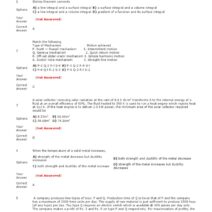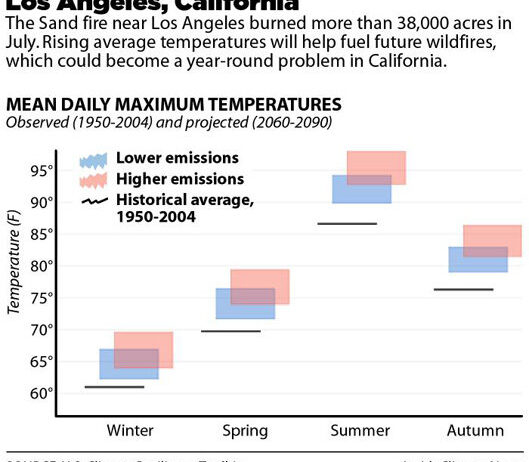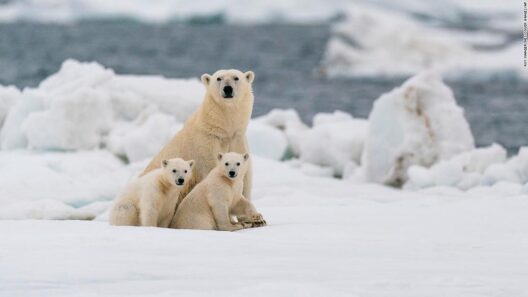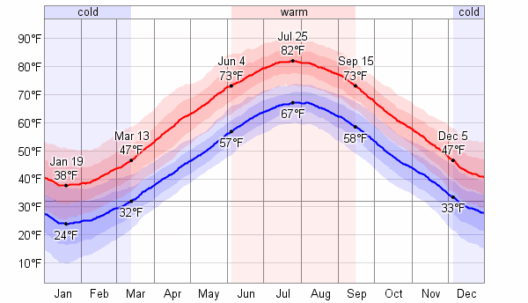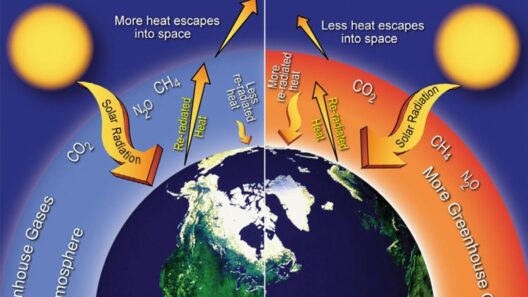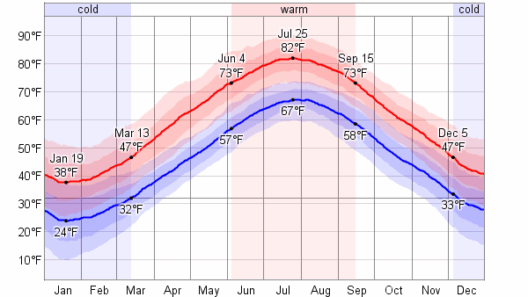The climate of Los Angeles, draped under an expansive azure sky, is often likened to a perfectly choreographed ballet, where sunny days pirouette gracefully while coastal breezes play the role of an amiable partner. This iconic Californian city embodies a microcosm of climatic diversity, marked predominantly by its Mediterranean-type climate. With its characteristic warm, dry summers and mild, wet winters, the weather in Los Angeles is as inviting as the siren song of the ocean waves breaking on the shore.
Los Angeles sits in a geographical tableau that features rolling hills and vast ocean expanses, endowed with an array of climatic influences. The presence of the Pacific Ocean envelops the city, introducing cool marine breezes that temper the summertime heat. The result is a consummate harmony between warmth and coolness, a symphony conducted by nature itself. Coastal areas bask in plenty of sunshine, making this city a perennial haven for sun-seekers and outdoor enthusiasts alike.
As one traverses the neighborhoods from Santa Monica to downtown, it becomes apparent that the sun dominates the landscape. The architectural palette lies aglow, as if kissed by a golden brush. During the summer months, average high temperatures hover around 85°F (29°C), but can crest towards the high 90s°F in certain parts of the city, such as the San Fernando Valley. However, the true magic lies in the evenings; sunset casts an opalescent hue across the sky, weaving a tapestry of oranges, pinks, and purples, inviting residents to emerge from their houses and embrace the crisp ambiance. These brilliantly painted skies are mirrored in the shimmering waters of the Pacific, creating a captivating tableau.
Winters in Los Angeles are not to be undersold. They manifest a delightful contrast to the sultry summers, as a cooler, more temperate climate unfolds. December through February ushers in an abundance of rain, transforming the landscape into a lush green canvas. Average daytime temperatures during these months oscillate between 60°F to 70°F (15°C to 21°C). Los Angeles experiences somewhat muted rainfall when compared to many other regions; the annual average hovers around 15-20 inches, largely concentrated in the winter months. This diminutive amount of precipitation supports a unique flora, including drought-resistant plants akin to the resilient spirit of the city itself.
The interplay of microclimates further enriches the climatic tapestry of Los Angeles. Each neighborhood tells a different story, influenced by elevation and proximity to the ocean. The coastal regions, such as Venice Beach and Malibu, relish in steady ocean breezes that ward off sweltering temperatures. In contrast, areas situated farther inland, like Burbank or Glendale, can succumb to significant heat, drawing a stark reminder of the city’s diverse climatic character. Such variations accentuate the idea that Los Angeles is a city of contrasts, with every corner offering distinct experiences that draw both locals and visitors.
Los Angeles’ climate is not just an ecological phenomenon; it influences the cultural dynamics as well. Outdoor activities are woven into the fabric of daily life, from sun-soaked yoga sessions along the beach to hiking treks in the nearby hills. The enviable climate propels a lifestyle that embraces health, fitness, and an intimate connection with nature. Farmers’ markets buzz with activity year-round, with produce flourishing thanks to the area’s temperate climate. Avocados, citrus fruits, and a plethora of vegetables are harvested in abundance, further emphasizing the symbiotic relationship between climate and community.
As climate change casts its looming shadow, the pristine weather of Los Angeles faces formidable challenges. The city grapples with intensified heatwaves and prolonged droughts, often exacerbating water scarcity. Coastal erosion, driven by rising sea levels, threatens historical landmarks and vibrant neighborhoods. As such, Los Angeles stands at a watershed moment. The community’s resolve to combat climate change is palpable, with proactive measures being undertaken to foster sustainability. Urban greening initiatives and water conservation strategies help ensure that the sun-drenched streets of Los Angeles remain a vibrant habitat for generations to come.
Moreover, the nascent movement toward renewable energy in Los Angeles bears witness to a collective awakening. Solar panels glint like diamonds on rooftops, capturing the bountiful sunshine that brightens the city. Electric vehicles flow through the streets, whispering a promise of cleaner air. The emergence of eco-conscious trends reflects a burgeoning awareness that climate preservation is paramount. An engaged populace, reminiscent of the city’s timely pulse, continually advocates for greener choices to safeguard their cherished environment.
Los Angeles, with its juxtaposition of idyllic weather and pressing climate concerns, tells a compelling story. While the sun continues to bask the city in warmth, the fabric of its climate is evolving. The ocean’s embrace, sun’s rays, and vibrant culture form a union as timeless as the city itself. As Angelenos navigate these challenges, they cultivate a narrative not merely of existence but of resilience, determination, and hope.
In the heart of Los Angeles, the ever-present rhythm of sunshine and coastal breezes beckons with an alluring charm. It is a city where climate and culture converge, punctuated by the allure of scenic vistas and a climate that seemingly whispers: “Here, life thrives.” As this California gem continues to shine, it remains crucial to preserve its essence, ensuring that the spirit of Los Angeles endures against the tides of change.

